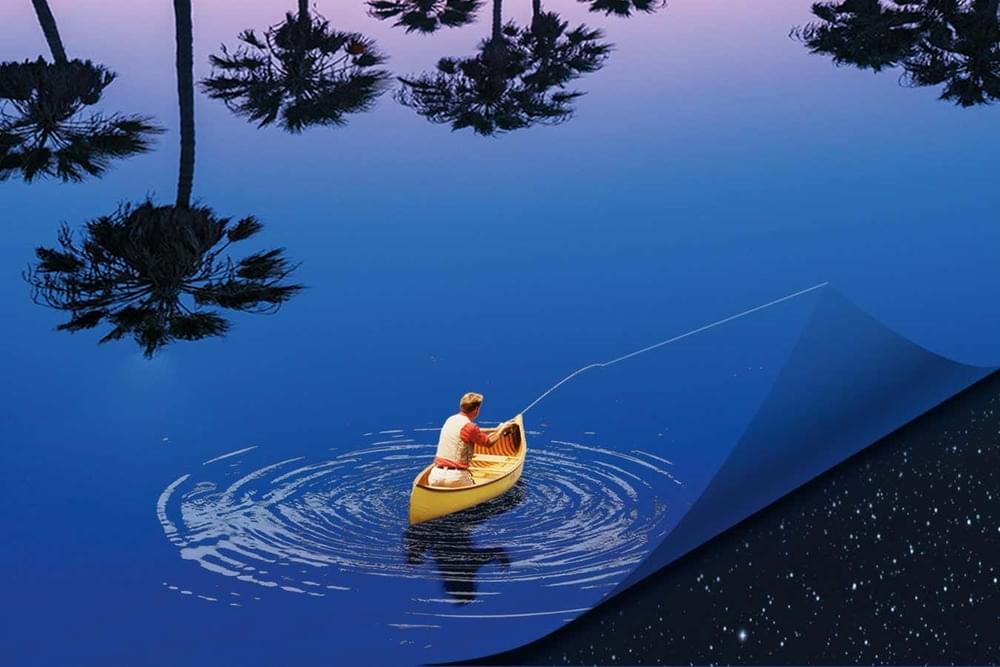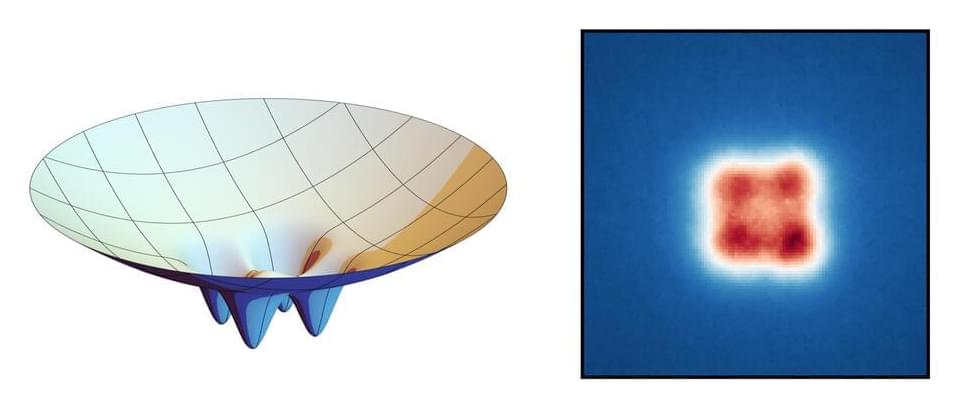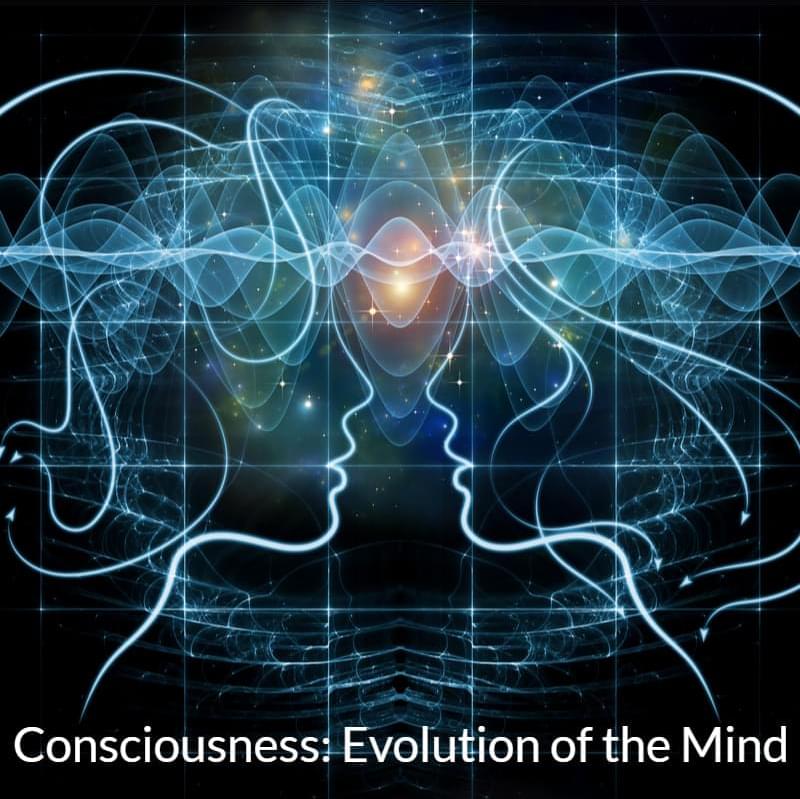With its particles in two places at once, quantum theory strains our common sense notions of how the universe should work. But one group of physicists says we can get reality back if we just redefine its foundations.


With its particles in two places at once, quantum theory strains our common sense notions of how the universe should work. But one group of physicists says we can get reality back if we just redefine its foundations.

Candle flames and airplane engines produce tiny soot particles from polycyclic aromatic hydrocarbons (PAHs) as their precursors, both of which are harmful to humans and the environment. These carbon-based particles are also common in space, making up 10–12% of interstellar matter, and are becoming valuable for use in electronic devices and sustainable energy. However, the fingerprint signals of soot and PAHs have very short lifespans in flames—lasting only a few billionths to millionths of a second. This brief existence requires very fast cameras to capture their behavior in both space and time.

Thousands of light particles can merge into a type of “super photon” under certain conditions. Researchers at the University of Bonn have now been able to use “tiny nano molds” to influence the design of this so-called Bose-Einstein condensate. This enables them to shape the speck of light into a simple lattice structure consisting of four points of light arranged in quadratic form. Such structures could potentially be used in the future to make the exchange of information between multiple participants tap-proof.
The results have now been published in the journal Physical Review Letters (“Bose-Einstein Condensation of Photons in a Four-Site Quantum Ring”).
By creating indents on the reflective surfaces (shown on the left in an exaggerated form; the reflective surfaceis facing upwards), the researchers were able to imprint a structure ontothe photon condensate (right). (Image: IAP, Universität Bonn)

As an undergraduate he was drawn to theory, but he quickly switched to experiment.
“Theory was good, but I was driven to experimental particle physics because even if I write a theory, someone has to test it anyway,” says Gandrakota, who is now a postdoc at the US Department of Energy’s Fermi National Accelerator Laboratory. “I’d rather be the person who tests and finds stuff than the person who predicts it.”
But he never lost his soft spot for theoretical physics. Today, Gandrakota and his colleagues on the CMS experiment are developing a machine-learning tool that will allow theorists even more freedom and creativity.

Thousands of light particles can merge into a type of “super photon” under certain conditions. Researchers at the University of Bonn have now been able to use “tiny nano molds” to influence the design of this so-called Bose-Einstein condensate. This enables them to shape the speck of light into a simple lattice structure consisting of four points of light arranged in quadratic form.


Unlike a single atom or molecule, an individual lifeform—while part of a species—exists as a distinct “digital” entity. where entangled micro-states are measured at the atomic and molecular levels. Throughout its lifespan, it operates within its own dimensional framework, unfolding dynamic patterns guided by choice and directed toward its ongoing self-preservation. This unique capacity for self-direction and decision-making sets living beings apart from inanimate matter.

The Standard Model of particle physics is currently our best understanding of how the universe works – but it only describes about five percent of everything in it. The rest is made up of what we call dark matter and dark energy, which are so far only known through their gravitational interactions with regular matter. Now, an astrophysicist from Oxford has put forward a new theory that suggests that dark matter and dark energy are actually part of the same phenomenon: a “dark fluid” with negative mass that fills the universe.
In a way, dark matter and dark energy are both placeholder concepts, plugging holes between the Standard Model and what we actually observe. For instance, the observed movement and distribution of galaxies doesn’t make sense if their mass is limited to the stuff we can see. Since the 1930s, this hidden extra mass has been dubbed dark matter.
Dark energy is a more recent concept. The observation that the expansion of the universe seems to be accelerating was only made in 1998, when it was discovered that more distant objects are moving away from us faster than those closer by. The mysterious force that drives this, which we still know very little about, is now referred to as dark energy.
Topological quantum magnets are advanced materials that exhibit quantum behavior. Additionally, the magnetic spins of their particles are arranged in a way that creates stable and robust topological states.
These topological states are resistant to any external disturbances. Additionally, the spins in these materials can be entangled. This means they are deeply connected on a quantum level, and therefore don’t easily lose their quantum properties.
However, “So far, experiments have mostly explored non-interacting topological states, and the realization of many-body topological phases in solid-state platforms with atomic resolution has remained challenging,” the study authors note.

Entangled particles of light can transmit holographic images that can be selectively erased, allowing for secure communications that can also be deleted.